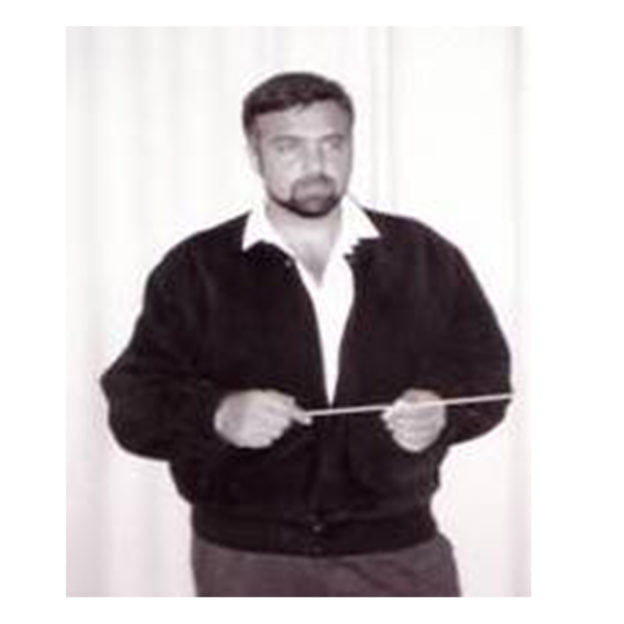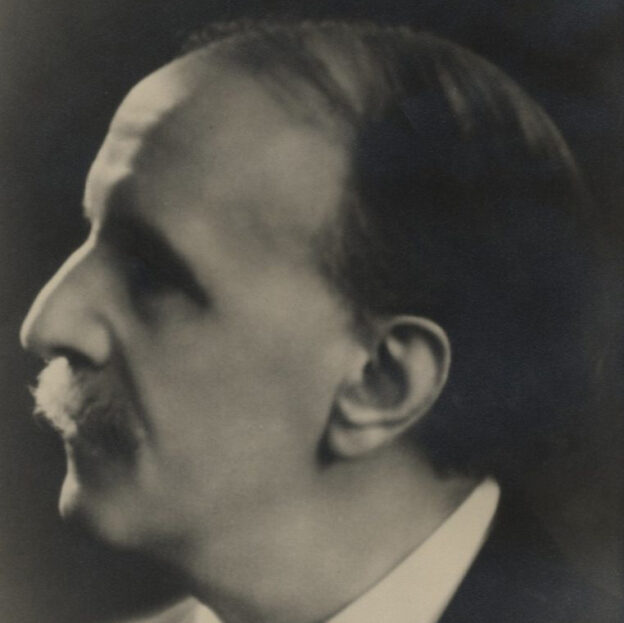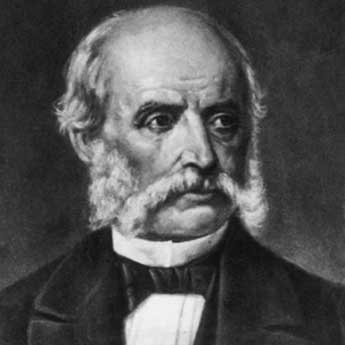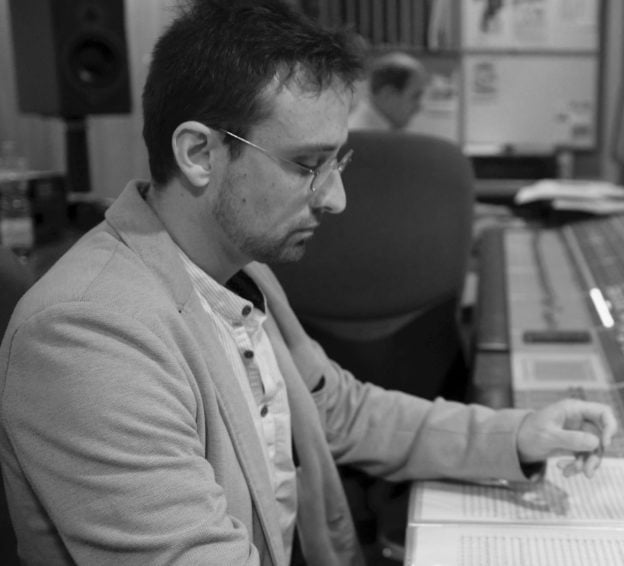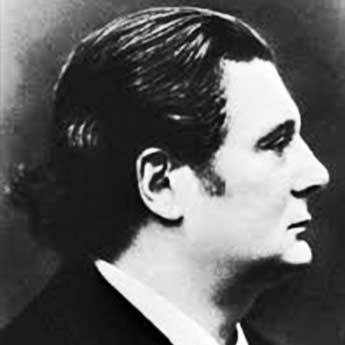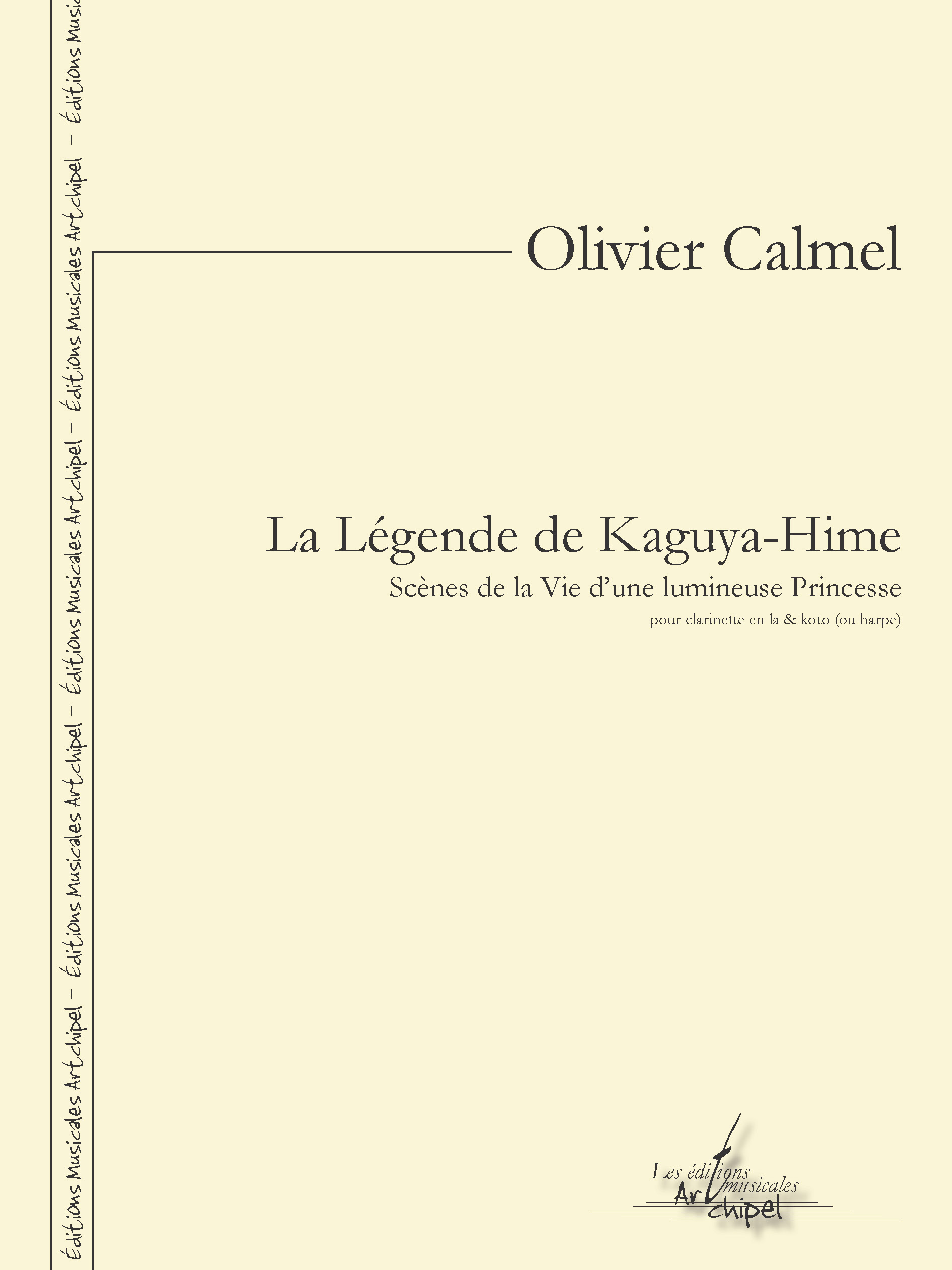La Légende de Kaguya-Hime
11,00 €
18,00 €
La Légende de Kaguya-Hime is a musical work for A clarinet and traditional Japanese koto (thirteen-string zither) or harp, freely inspired by the tale Taketori Monogatari (竹取物語, The Tale of the Bamboo Cutter). This Japanese folktale, the first work of prose fiction in Japanese literary tradition, dates back to the 10th century. It tells the extraordinary story of Kaguya-Hime (かぐや姫, Princess Kaguya), a mysterious girl discovered as a baby by an elderly bamboo cutter inside a luminous bamboo stalk. She claims to hail from Tsuki no Miyako (月の都, the Capital of the Moon), her hair shimmering like gold.
The old bamboo cutter and his wife raise her as their own, and Kaguya-hime grows into a woman of unparalleled beauty, renowned throughout the land. Yet she is not of this Earth: destined to return to the Moon, her true home, she weeps whenever she gazes upon the full moon. Legend holds that the word for “immortality”, fushi or fuji (不死), became the name of Mount Fuji, a tribute to the elixir of immortality that mortals forsook in their grief over losing Kaguya-hime forever.
La Légende de Kaguya-Hime aunfolds in four successive episodes of the radiant princess’s life. The first two movements evoke the mystery of the glowing bamboo, the discovery of the child within, and the luminous birth of a celestial legend—Princess Kaguya, a gift from the heavens.
The composition’s thematic core is built upon the Shizugaki motif, unfolding in a rich harmonic language that employs an unconventional koto mode, embracing a full chromatic scale. Techniques such as oshi hanashi, ato oshi, tsuki iro, and kozume lend the musical narrative profound expressivity. The child’s call is embodied through an aggregate of sounds: flatterzung and slap tongue on the clarinet,
tremolos, and wood percussion on the koto. The initial motif gradually gives way to the child’s theme simple yet melodic, and layered with bold polyharmony.
The following movement captures Kaguya-hime’s lament under the full moon. It is rooted in arpeggios and a poignant, melancholic theme, both tender and resolute. The koto tuning subtly shifts, preparing for the diatonic, modal, and rhythmic finale. Clarinet arpeggios, woven throughout the piece, symbolize the child’s ethereal lightness and innocence. They ascend inexorably, carried by the koto’s continuous accompaniment, rising toward the eternal peaks of Mount Fuji—the mountain of immortality.
Additional information
| Weight | 0,650 kg |
|---|---|
| Dimensions | 24 × 32 × 1 cm |
| Support | PDF, Paper |












